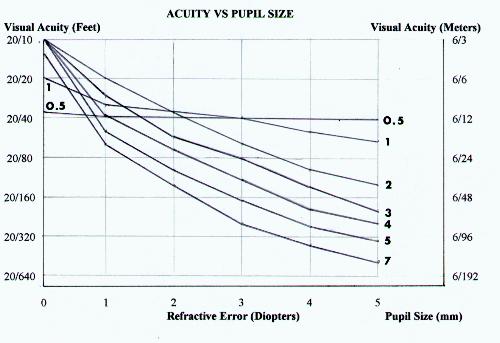

The third cranial nerve - also called the oculomotor nerve - controls several muscles that move the eyes and eyelids. In most cases, the cause of Adie's tonic pupil is unknown. In 80% of cases, only one eye is affected, resulting in anisocoria. Adie’s tonic pupil occurs primarily in women between the ages of 20 to 40 years. The affected pupil also reacts poorly to light. Adie’s tonic pupilĪdie’s tonic pupil is a dilated pupil caused by damage to nerve fibers that control muscles in the eye that constrict the pupil.

But in some cases, no cause can be found. Horner's syndrome typically is caused by an underlying medical problem, such as a stroke, tumor or spinal cord injury. A pupil affected by Horner's syndrome generally takes 10 to 20 seconds to dilate in dim lighting or a darkened room. Normal pupils (including normal pupils that are slightly unequal in size) dilate within five seconds of room lights being dimmed. Horner's syndrome also affects how quickly the smaller pupil dilates in dim lighting. Miosis (constriction of one pupil), causing anisocoriaįacial anhidrosis (loss of sweating around the affected eye) Most people with Horner’s syndrome have these three signs: In some cases, anisocoria from iritis can remain after the iritis has been successfully treated. Your eye doctor can treat the symptoms of iritis while the underlying cause of the condition is determined and controlled. Iritis has many causes, including eye infection, underlying inflammatory diseases and trauma. Acute iritis is characterized by:Ī smaller pupil in the affected eye (anisocoria) Iritis is a form of uveitis (an inflammatory disease of the eye). Examples of conditions that cause anisocoria include: Iritis Pathologic anisocoria is different pupil sizes due to an underlying condition or disease. SEE RELATED: Small pupils: What do they mean? Pathologic anisocoria Bottom: Anisocoria with one pupil smaller than normal. Middle: Anisocoria with one pupil bigger than normal. It may be intermittent or constant, and sometimes it goes away on its own. The exact cause of simple anisocoria is unknown. The presence of simple anisocoria does not appear to be influenced by sex, age or eye color. In simple anisocoria, the difference in pupil size is usually 1 millimeter (mm) or less, and both pupils react normally to light. It’s a benign (harmless) condition that affects approximately 20% of the population. Simple anisocoria - also called essential anisocoria or physiologic anisocoria - is the most common type of anisocoria. But if it occurs suddenly, this can be a sign of a serious medical condition and you should see an eye doctor immediately.Īnisocoria is pronounced “an-eye-so-CORE-ee-ah”. In most cases, anisocoria is mild, constant and no cause for concern. One pupil may be bigger than normal, or one pupil may be smaller than normal, resulting in unequal pupils. Old photos can be useful in determining how longstanding the condition is.Īs always with eye conditions, any sudden changes in pupil size should be assessed by a good optometrist or your GP fairly smartly.Anisocoria is different pupil sizes in each eye. If the level of anisocoria is similar in all light conditions, then the cause is probably physiological. Anisocoria that is greater in bright light signifies failure of one pupil to constrict fully, whereas a greater difference in pupil sizes in dim light indicates a failure of an eye to dilate properly. When we assess anisocoria it is helpful to know how long the condition has existed for, and whether the size difference is greater in bright light or dim light. Most commonly it is physiological, ie normal for a particular person, but it can signify a more serious cause.

Unequal pupils, medically described as anisocoria, can be due to a number of different causes. This left him with a permanently dilated left pupil, giving the illusion of differently coloured eyes. The trauma apparently damaged the iris sphincter muscle, which controls constriction of the pupil. A musical genius, his appearance was striking due to his asymmetric eyes.īowie was punched in his left eye by a friend when he was 15 years old, in a fight over a girl. The world lost one of it's great creative talents with the death of David Bowie this month.


 0 kommentar(er)
0 kommentar(er)
